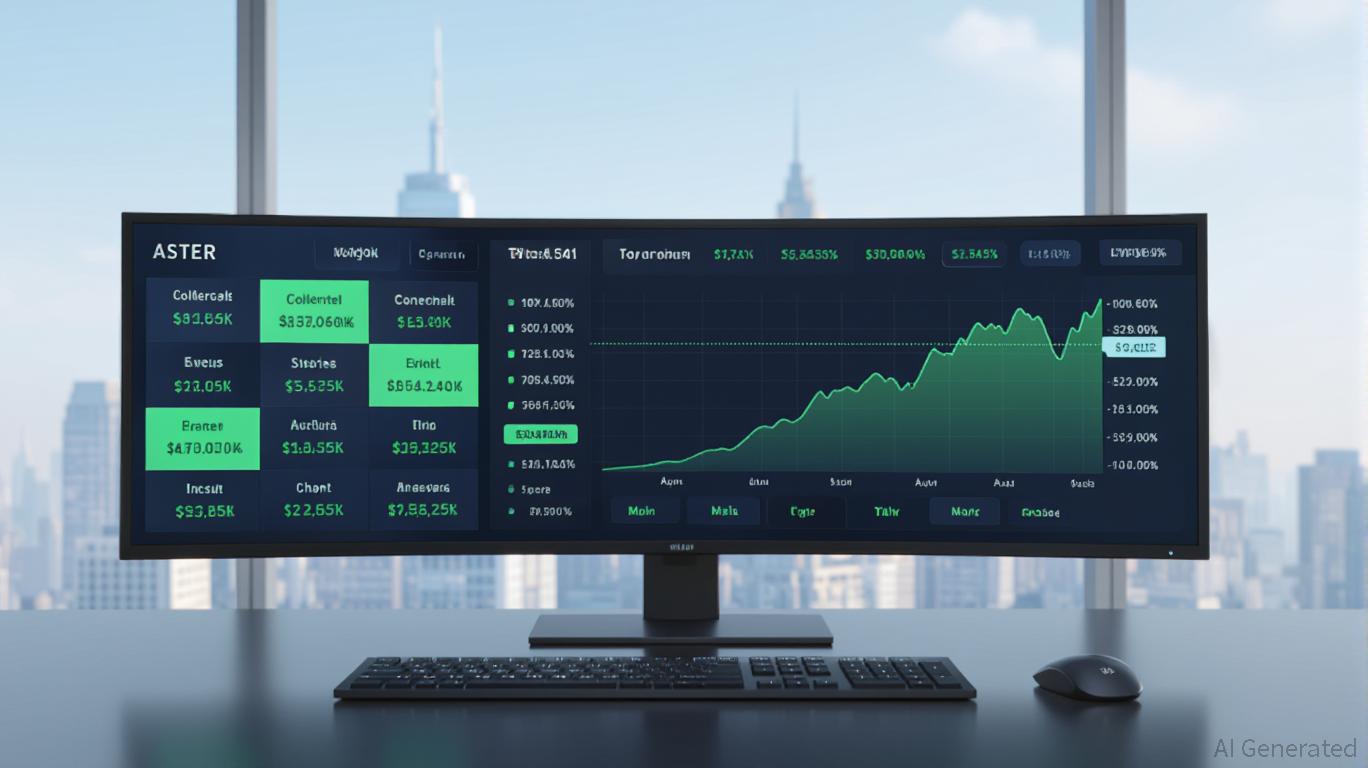Leading Blockchain Entities Form Blockchain Payments Consortium
- This consortium marks a milestone in cross-chain payment standardization.
- Fireblocks and Solana among major participants.
- The aim is to enhance interoperability and traditional finance integration.
The Blockchain Payments Consortium (BPC) aims to unify standards for cross-chain stablecoin payments among seven leading blockchain organizations, enhancing interoperability and regulatory compliance. Founding members include Fireblocks, Solana Foundation, and Polygon Labs, among others.
A consortium of seven prominent blockchain organizations including Fireblocks, Solana Foundation, and TON Foundation has formed the Blockchain Payments Consortium to standardize cross-chain stablecoin payments, as announced via their channels between November 6-7, 2025.
The formation of the Blockchain Payments Consortium underscores the intent to enhance interoperability across blockchain networks, which could disrupt existing payment systems and catalyze traditional finance integration.
Seven leading blockchain infrastructure firms have announced the creation of the Blockchain Payments Consortium (BPC), targeting the standardization of cross-chain stablecoin payments. Fireblocks , Solana Foundation, and others aim to improve compliance and interoperability streamlined through common frameworks.
By uniting entities like Stellar Development Foundation and Polygon Labs, the consortium seeks to bridge the gap between traditional finance and blockchain ecosystems. Ran Goldi from Fireblocks emphasized their industry-leading positions in payments achieved over the past 18 months.
“Stellar has facilitated billions in payments, proving blockchain’s ability to move value efficiently at scale. But true global adoption requires more than just speed and low costs—it demands trust, interoperability, and clear standards. The Blockchain Payments Consortium represents a critical step forward in maturing our industry.” – Raja Chakravorti, Chief Business Officer, Stellar Development Foundation
Immediate effects include potential increases in trading volumes for cryptocurrencies like SOL and MATIC, as past consortia activities have led to significant short-term market fluctuations. SOL and XLM may experience price and volume changes with the sector-wide focus on stablecoin transactions.
The collaboration is set to bring regulatory-compliant infrastructure into mainstream financial systems, with potential implications for broader regulatory acceptance. Institutions may benefit from increased liquidity and compliance while developers track open-source work related to cross-chain standard standards.
Projected financial and technological advancements could reshape market landscapes, as these organizations leverage their combined resources and expertise. Historical examples show that such coalitions often lead to positive asset movements and greater adoption of interoperable frameworks.
Further details on the Stellar Development Foundation’s involvement in the consortiumDisclaimer: The content of this article solely reflects the author's opinion and does not represent the platform in any capacity. This article is not intended to serve as a reference for making investment decisions.
You may also like
Trust Wallet Token (TWT) Price Forecast: Will the Latest Strategic Alliance Ignite a Bullish Turnaround?
- Trust Wallet's Onramper partnership expands fiat-to-crypto access via 130+ local payment methods in 190+ countries, aligning with post-DeFi utility-driven adoption. - The collaboration boosts TWT demand through 210M+ users funding wallets via UPI/VietQR/M-Pesa, enhancing token utility for governance and fee discounts. - Elliptic's $100M institutional backing highlights growing blockchain data infrastructure importance, indirectly validating Trust Wallet's compliance-focused onboarding strategy. - TWT's v

TWT Introduces a Revamped Tokenomics Framework: Transforming DeFi Rewards and Influencing User Actions
- Trust Wallet's TWT tokenomics shift to utility-driven incentives via Trust Premium, replacing speculative governance with tiered rewards for user engagement. - FlexGas and RWA partnerships expand TWT's utility as a fee currency and bridge between DeFi and traditional finance, enhancing demand and scarcity. - Tiered rewards and token locking create flywheel effects, stabilizing supply while incentivizing long-term participation over short-term liquidity. - Challenges include Binance's collateral ratio cut

Astar 2.0: Redefining Web3 Infrastructure for the Next Generation
- Institutional investors are increasingly allocating to digital assets, with Astar 2.0 emerging as a key platform due to its scalability and interoperability. - Astar 2.0’s hybrid architecture and partnerships with global enterprises like Casio and Sony enhance its institutional appeal through real-world applications. - The platform’s on-chain governance and enterprise-grade security align with institutional priorities, despite challenges in transparent communication and competition.

Aster DEX's Latest Strategic Move and Its Influence on DeFi Liquidity
- Aster DEX's 2025 governance changes redefined ASTER as a functional trading collateral and fee discount asset, boosting liquidity provider (LP) engagement. - The 80% margin ratio and 5% fee discount incentivized LPs to reallocate capital, adjust staking behaviors, and adopt novel yield strategies like "Trade & Earn." - ASTER's price surged 860% post-TGE, TVL grew from $172M to $2.18B, and Coinbase's roadmap inclusion signaled institutional validation of the platform's privacy-focused DeFi model. - Upcomi
